Holga Photography – Why Professionals Love this Cheap Plastic Camera
The Holga is a camera manufactured in China during the early 1980s. Uniquely made entirely of plastic, including the lenses, it was intended as an inexpensive option for Chinese consumers. However, since its manufacture, many avid photographers have found it an interesting option to take beautiful shots.
Early Models
The early Holga models were used with 120 medium-format film (popular at the time), which offered a 6×4.5 centimeter or 6×6 centimeter aspect ratio. The camera has a red viewing window, allowing the photographer to see the frame number and the exposure used, which helps the photographer identify what frame is being used and when to advance to the next one.
Later Models
These came out with 35mm film and were known as the pinhole Holgas. They were still inexpensive cameras with a plastic lens that often produces blurry images or vignette type images. The uncontrollable light leaks are often of interest to photographers who want special effects or interesting light effects. It is the defects of the camera that make it so popular among hobbyist and professional photographers and that contribute to its large current following.
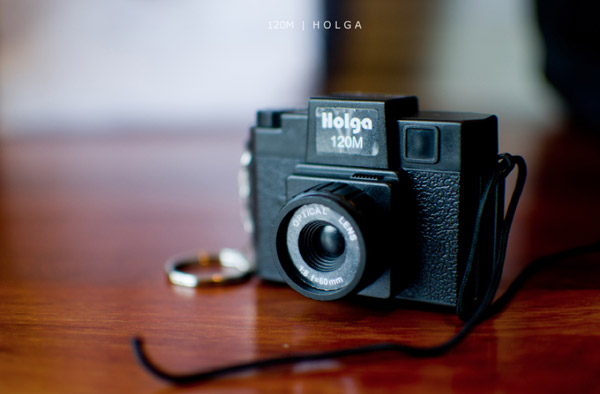
Holga by Andy Kong
Where to Use
Photographers use the Holga for every type of image, from still lifes and landscapes to street photography. When you want a few light leaks that cannot be controlled, or a soft blurry effect, the Holga is a good choice.
Specs
Holga cameras have a 60mm lens and two aperture settings; either an f8 or an f11. With the f8, you can take pictures of sunny atmospheres, and the f11 is made for cloudy or overcast conditions. All you need do is flip the switch to change between the two.
Models
There are several variations or models available, each with its specific advantages and disadvantages. Most models have a tripod mount ability, built-in flash, and a variety of fixed lenses.
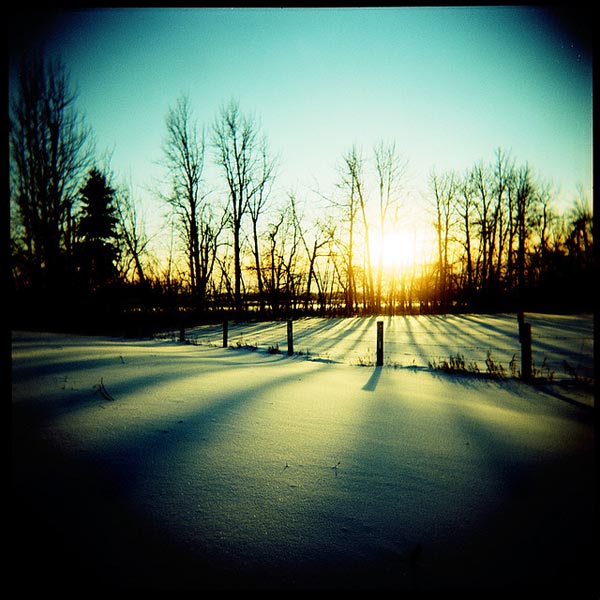
Photo by I, Timmy
How to use 35mm Film in 120 Film Models
To make adjustments to the Holga 120 film model, you can fit 35mm film into the back. Just take out the camera back and cut two small pieces of foam to hold the 35mm roll canister in place where the normal 120 film roll would go. Pull the film lead across the plane and take up the spool as you normally do. The only problem with this method is that there is no way to determine the advance you need to get to the next frame, so you have to count the clicks. Each turn of a frame has 24 clicks. When using the 6×6 mask that comes with the camera, you’ll need to count 34 clicks instead. As you progress through the roll of film, at every three exposures, you need to reduce the count by 1. As there is no way to rewind 35mm film in a 120 film camera, you will need to open the camera in total darkness once you finish the roll.
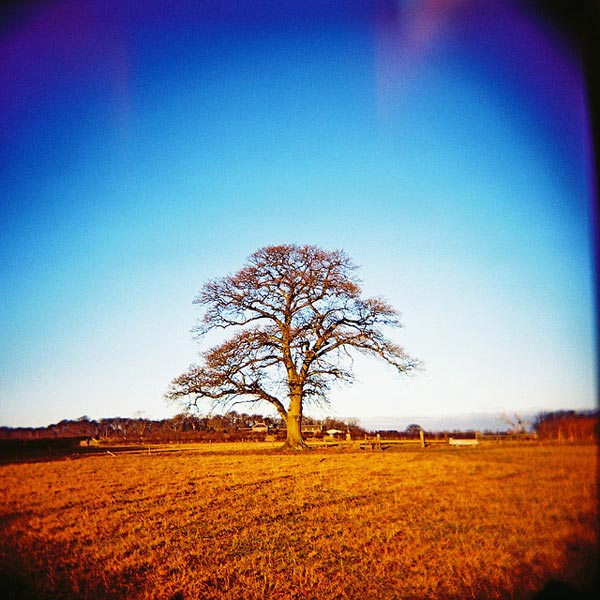
Holga Oak tree by Slimmer Jimmer
How to Use the Natural Light Leaks
Expect light to leak from all over in this camera. It comes through the back, the edges and even from the inside of the camera. This can be an interesting abstract effect, but if you want to cut down on these leaks, you can tape the edges and back of the camera. Some photographers even go so far as to paint the interior of the camera a matte black, to cut down on some of the unwanted light infiltration.
Multiple Exposures
One of the reasons the Holga is so popular is because it takes wonderful multiple exposure shots. This type of shot where one image slightly overlaps another is very easy because the winding mechanism isn’t dependent on the shutter button; meaning you don’t have to fully wind to the next frame before you take another shot. Take your first picture and instead of winding it to the next frame, simply take your next shot immediately after the first.
Holga 011 by Nullermanden
Focus
The Holga has four marks on the lens to help you focus. The first mark, an icon of a small man focuses the camera for shots that are about 3 feet away. The second mark (a family icon), focuses shots that are about 6 feet away, and the third mark focuses shots that are about 18 feet away. The fourth mark is used for landscape images or shots that are about 30 feet away. Still, the best way to figure out the Holga focus feature is by experimenting with it.
Bottom Line
Because this is a basic camera, its usability is based on the photographer’s experimentation. As you take pictures, take note of the setting you used, the distance you took the picture at, and the amount of light you allowed in the camera. This way, you can reproduce effects you like and eliminate those you don’t.

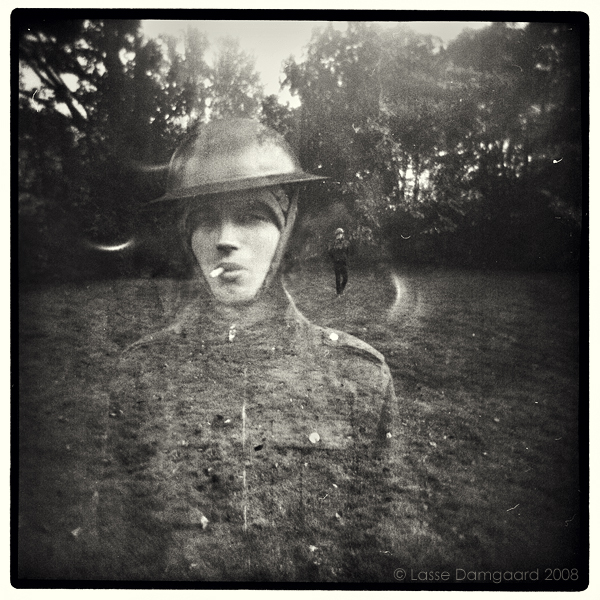
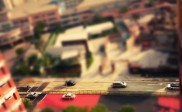
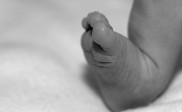

Thank you! I just bought a Holga 120 and I can definitely use these tips.